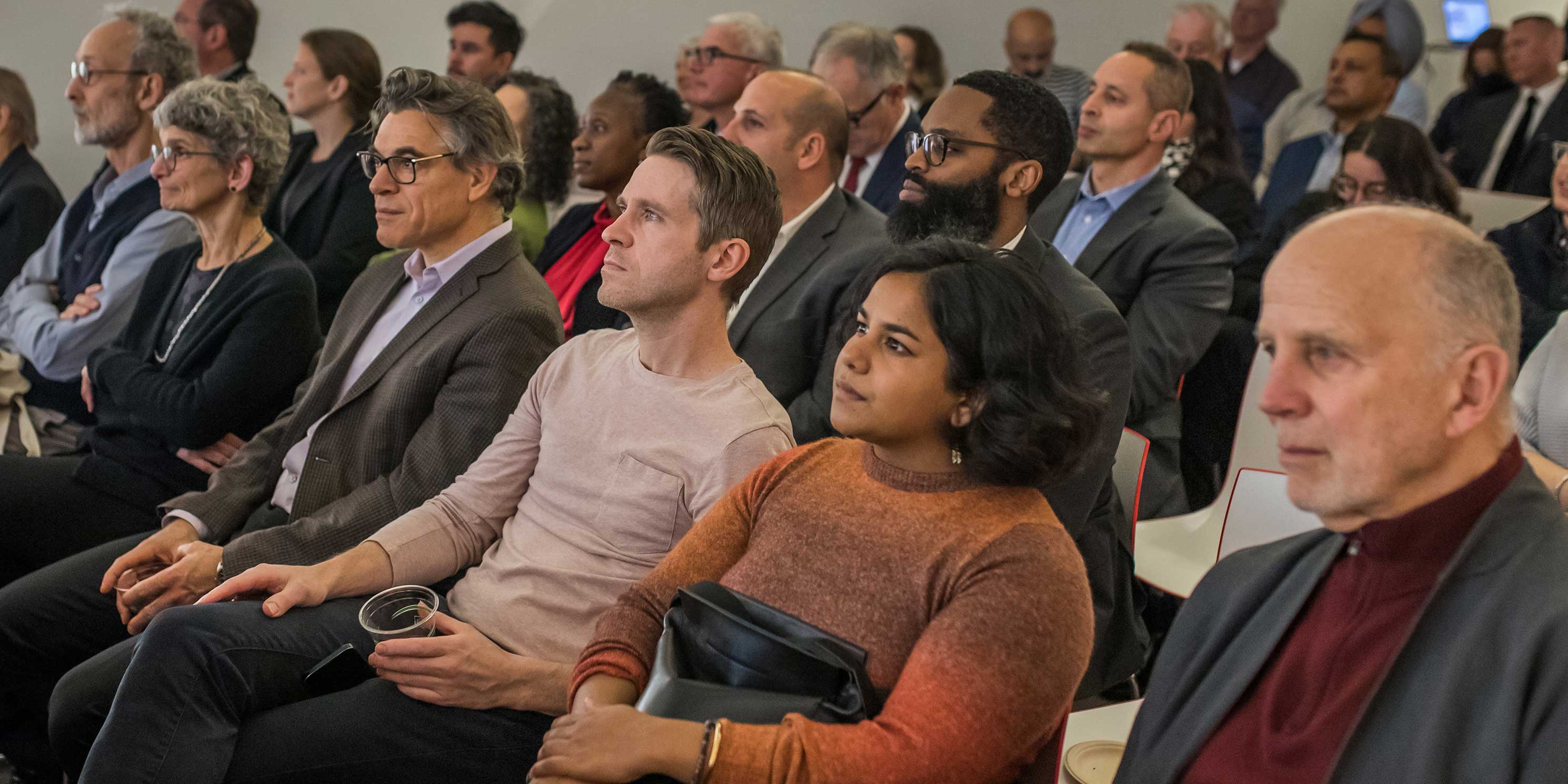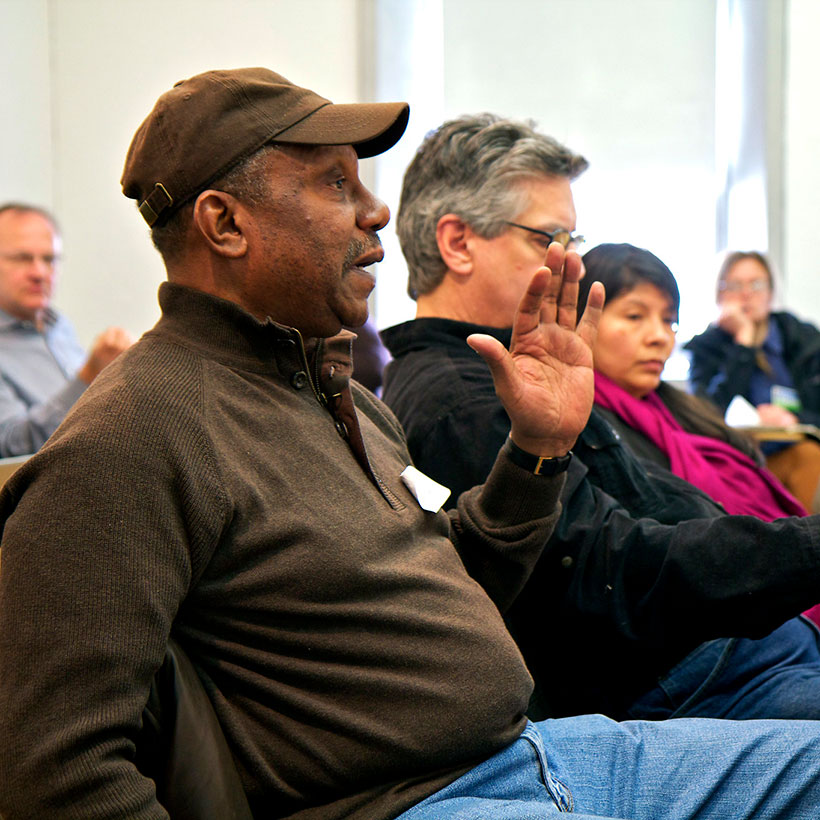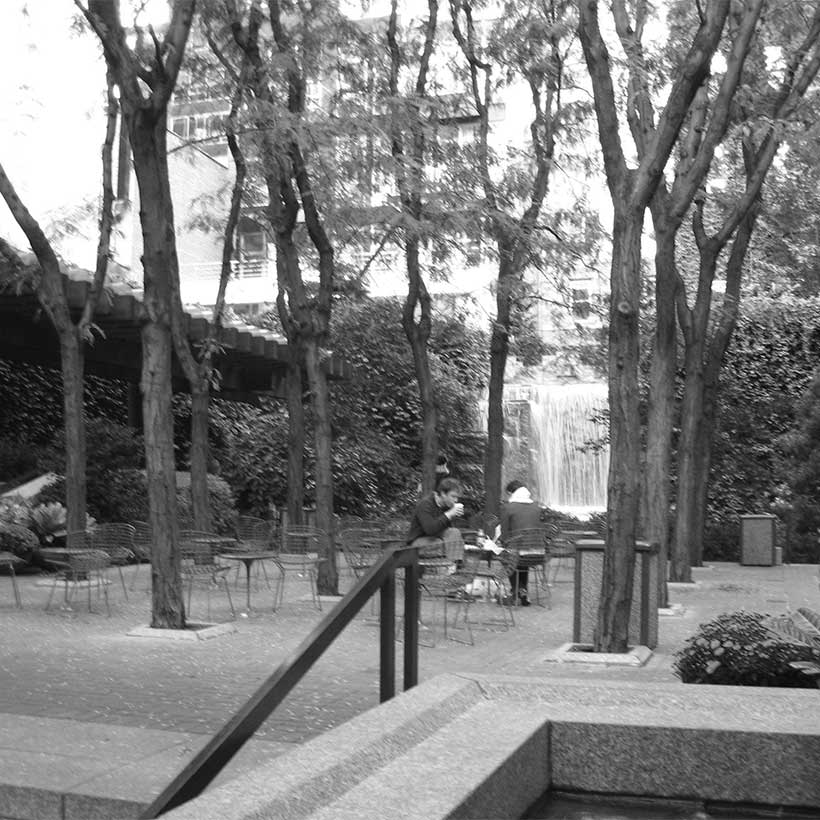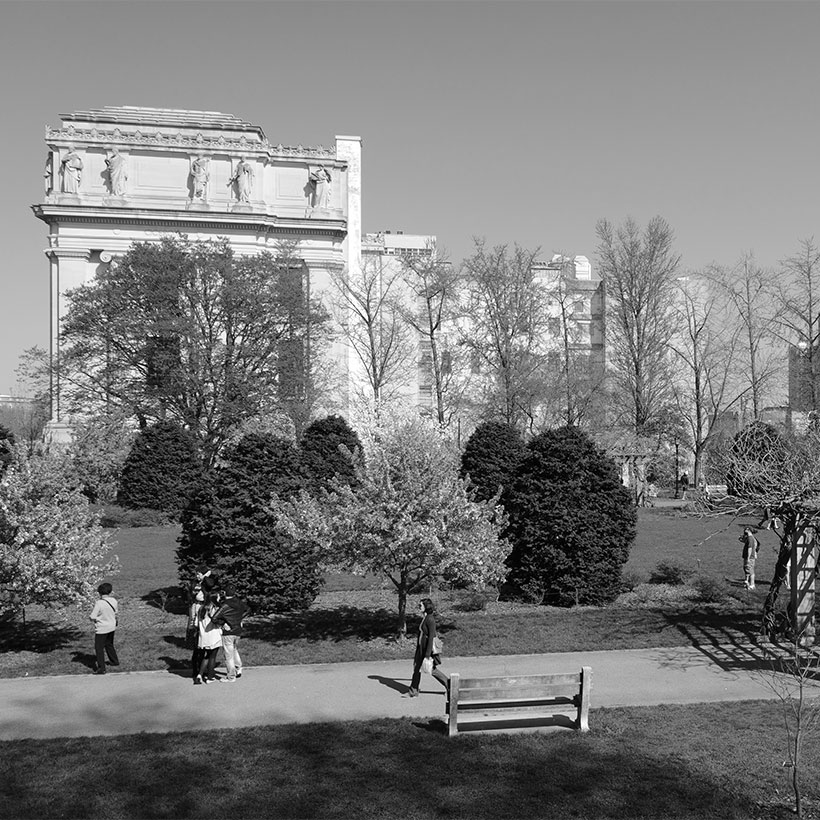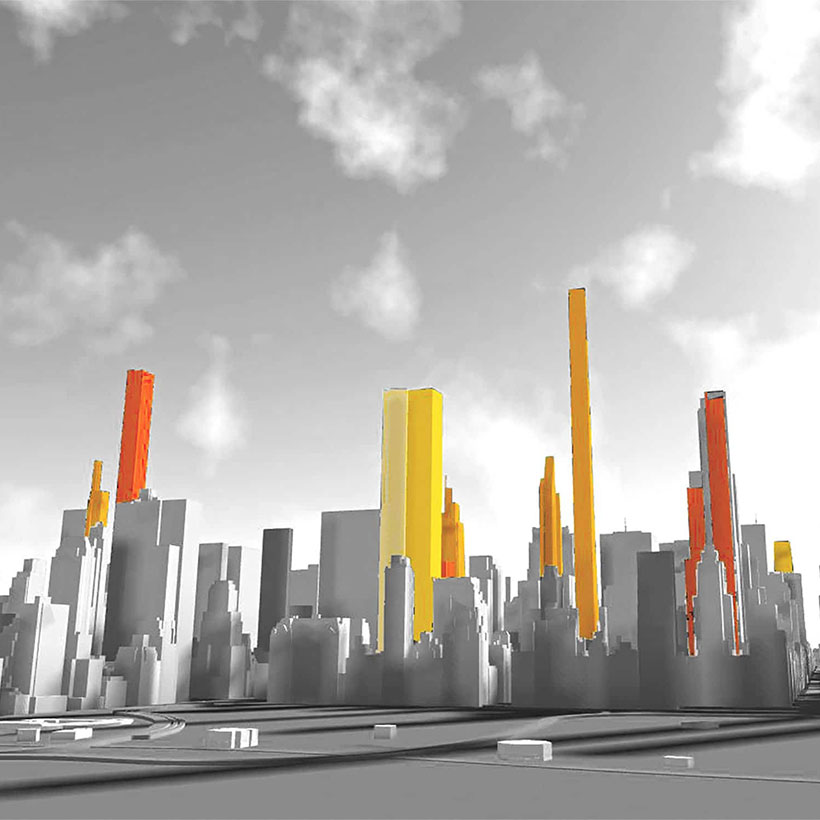NY Blood Center Expansion May Shadow Nearby Park
Comments on the Draft Scope of Work for the New York Blood Center East, CEQR No. 21DCP080M
The Municipal Art Society of New York (MAS) supports the important mission of the New York Blood Center (NYBC), whose work has played a pivotal role during the COVID-19 pandemic. MAS also recognizes the NYBC’s need for modern facilities within proximity of other life science research institutions.
However, MAS is concerned about the proposed project’s impact on Saint Catherine’s Park—particularly access to sunlight. As outlined at Manhattan Community Board 8’s November 17th committee meeting, the proposed project would cast new afternoon shadow for 2.5 hours during the spring and fall shoulder seasons, when sunlight is most critical to outdoor thermal comfort. The proposed project would also cast new shadow for up to four hours during summer month afternoons, when park use is at its peak. New shadow is expected to impact the full range of features within the park, including athletic courts, fitness equipment, play structures, passive recreation spaces, and sunlight-dependent vegetation.
Download Testimony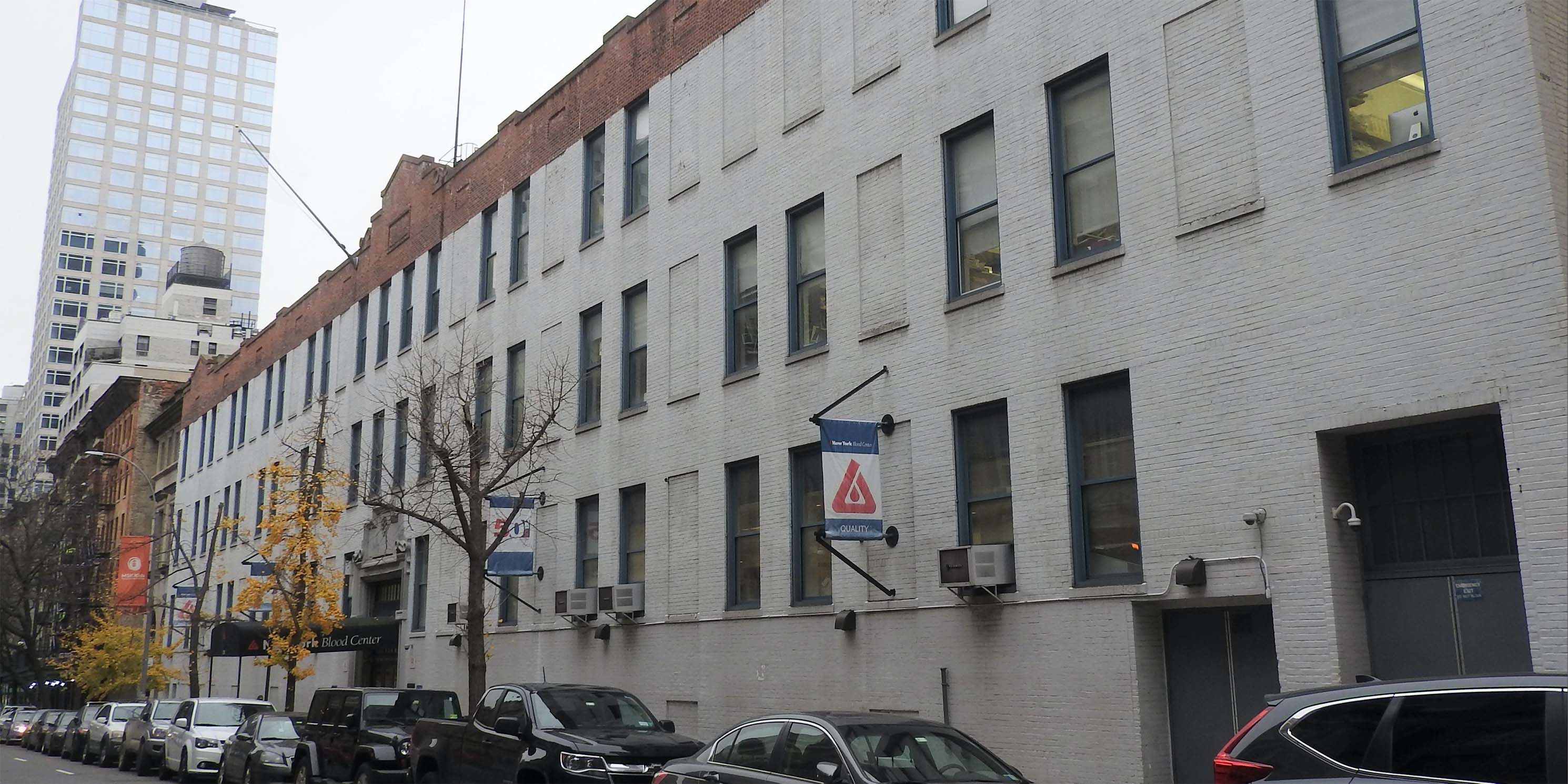
This issue is especially important because the Development Site falls within one of the most densely populated neighborhoods in New York City—an area that is considered “underserved” by open space. In fact, Saint Catherine’s Park is the second most visited park per square foot in New York City.1 Park visitation will only grow with the addition of almost 2,000 new workers under the proposed project. The result will be an increasing need for sunlight and open space in an area where these resources are already scarce.
MAS requests the following:
- A detailed site plan showing the layout of Saint Catherine’s Park, including the location of individual plants and sunlight-sensitive uses.
- An inventory of the sunlight requirements and shade tolerance for the individual facilities, plantings, and uses within Saint Catherine’s Park. This includes the species, caliper, height, and age of individual plantings. The sunlight evaluation for vegetation should determine whether individual plants can thrive rather than just merely survive.
- The significance of shadows cast should be examined in relation to Saint Catherine’s Park’s utilization rates in order to determine the potential for shadows to affect the times of day when the space is most used. As the CEQR Technical Manual notes, “This is particularly important when shadows are cast on open spaces that fall within an area without similar sunlit resources.”
- The Department of Parks and Recreation (NYC Parks) should be consulted in order to verify sunlight-sensitive areas, the relative shade tolerance of existing vegetation, and planned capital projects that may result in a change to existing sunlight-sensitive features. All correspondence between NYC Parks and the lead agency should be disclosed.
- Specific mitigation measures, including how they would be implemented and monitored.
- A reasonable alternative that includes no significant adverse shadow impacts on Saint Catherine’s Park. For example, an alternative with significantly altered building height and/or massing.
Access to sunlight improves mental and physical health, reduces the impact of climate change, and increases the biodiversity of our city. The COVID-19 pandemic has only further highlighted the importance of sunlight and open space in the lives of New Yorkers. We challenge the NYBC to come up with a proposal that achieves life sciences needs without diminishing the critical role that Saint Catherine’s Park plays in the health and social life of the community.
Notes
